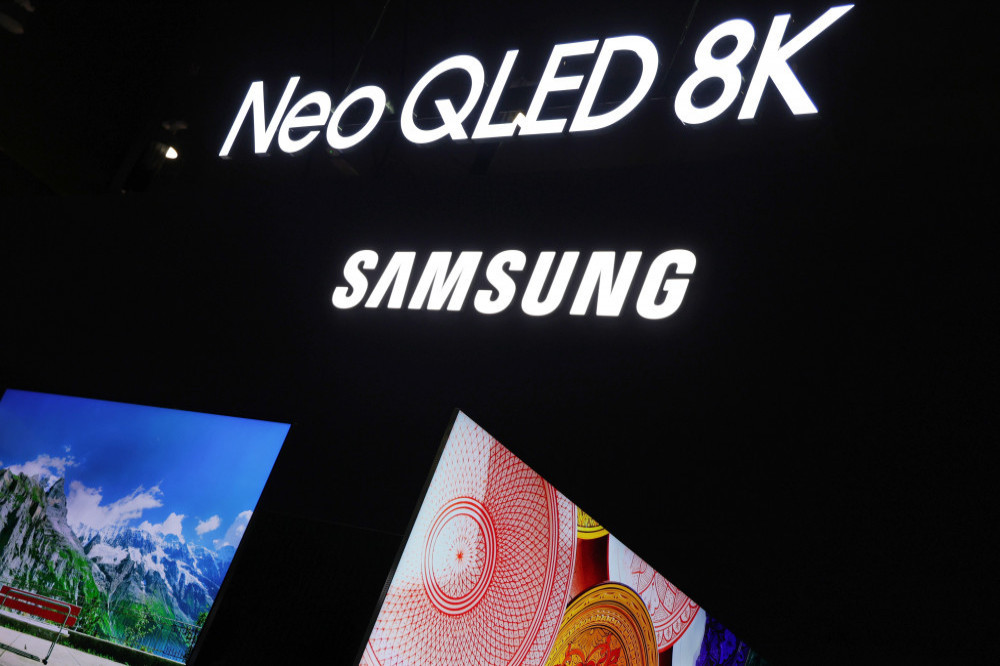A new TV remote developed via Samsung charges itself using wi-fi signals.

Samsung at CES 2022
The latest version of the tech giant's Eco Remote will also harvest energy from solar power as the company hopes to include it with new television sets and other home appliances.
A spokesperson for Samsung told Tech Radar: "Whether it’s a bright and sunny day or the middle of the night, the battery stays fully charged by collecting routers’ radio waves and converting them to energy."
Samsung also explained that while there is no lithium in the battery, there is a capacitor which can emulate energy usually generated chemically.
The company explained: "There is no lithium-ion battery in the remote." What it does have, according to Samsung, is a capacitor. A capacitor can store small amounts of energy. Unlike batteries that do it chemically, capacitors do it physically in a form akin to static electricity."
Samsung initially launched their eco-friendly remote in 2020, with the goal that it could "prevent 99 million AAA batteries going to landfill over the next seven years" and unveiled the new version while appearing at the Consumer Electronics Show (CES) 2022, where it was claimed that the remote can capture Wi-Fi signals from a distance of up to 40 metres and can even charge in dark rooms.
Gus Cheng Zhang, a Power Electronics researcher at the University of Manchester explained that the remote's concept was a "brilliant idea" because most signals given off from wi-fi routers are usually wasted.
He told NewScientist: "[The signals] will be absorbed somewhere because of conservation of energy. It’s most likely that when they hit metallic surfaces they’ll be turned into eddy currents and then absorbed and be turned into heat. It’s definitely a brilliant idea, and a very good example of energy harvesting, You have a router that is emitting RF [radio frequency] signals that’s approximately rated at 1 watt, which is limited by regulations. And that’s mostly just concerns about safety. There is no technical limitation to how much power can be transmitted from the router to a device.

